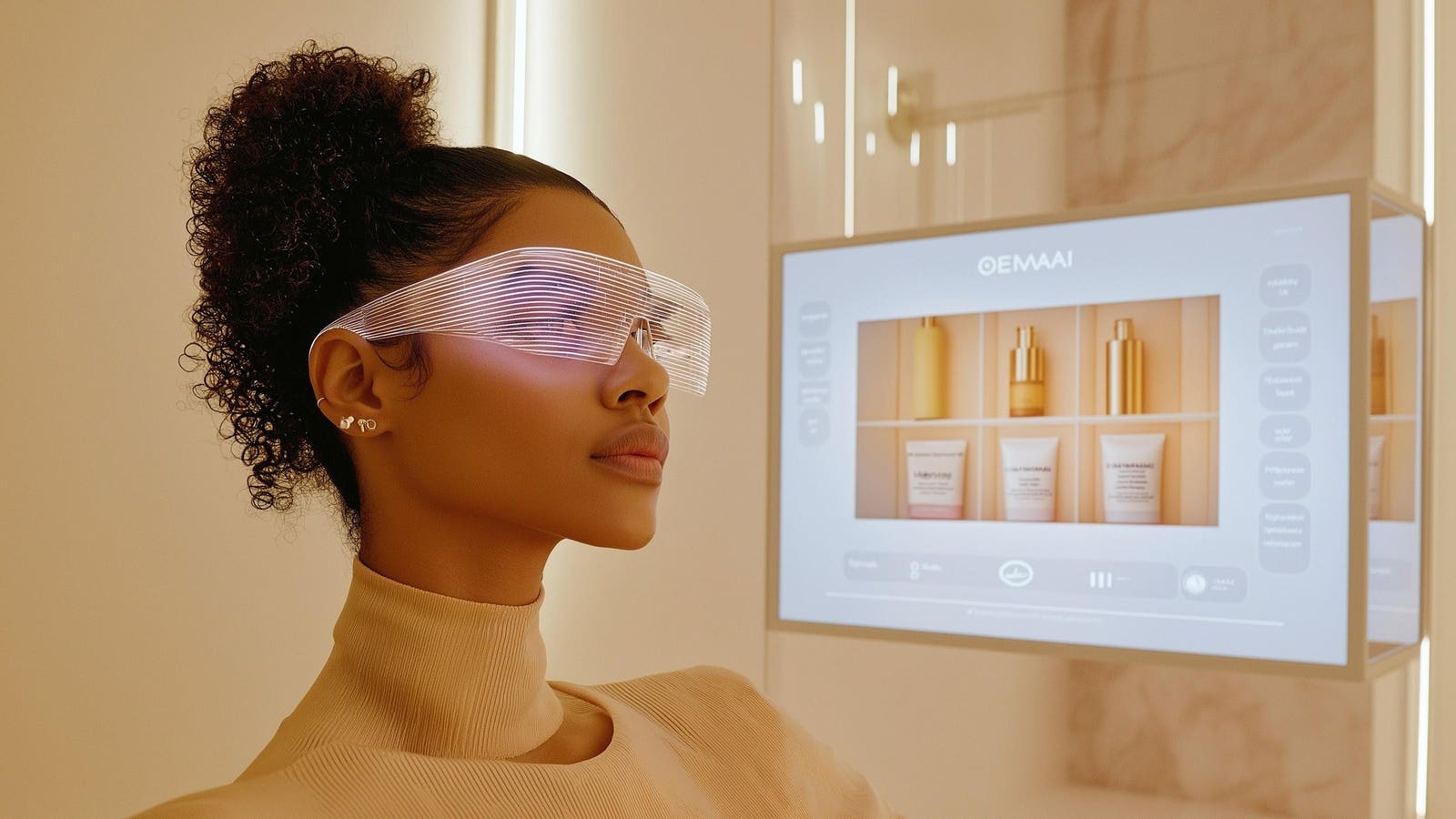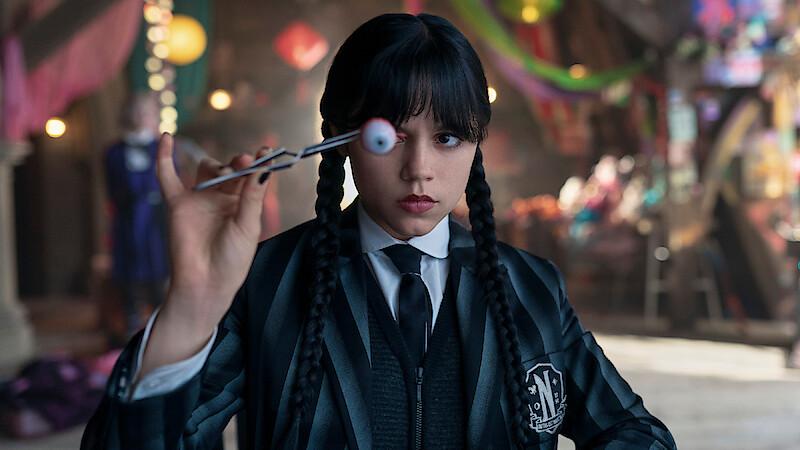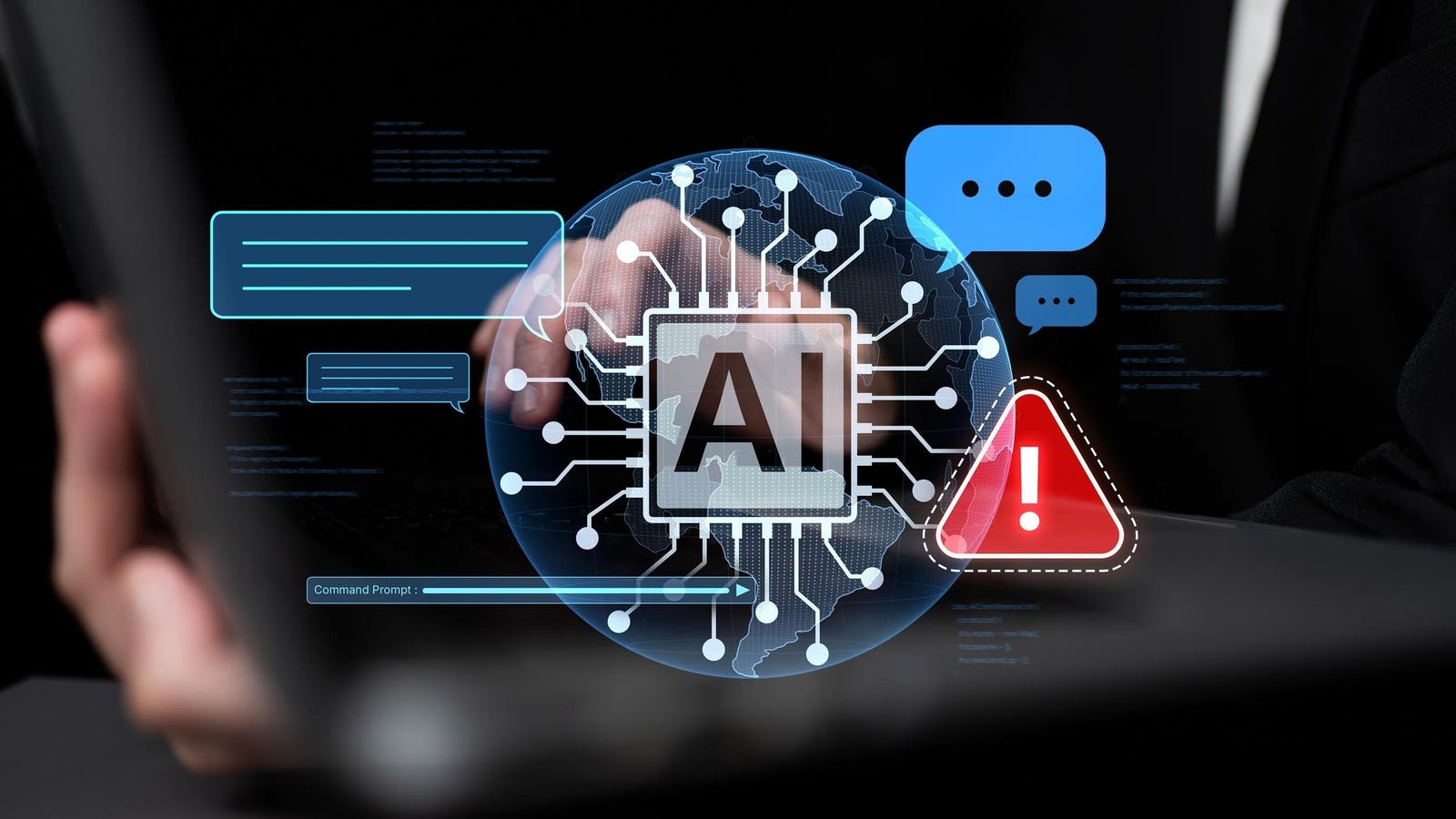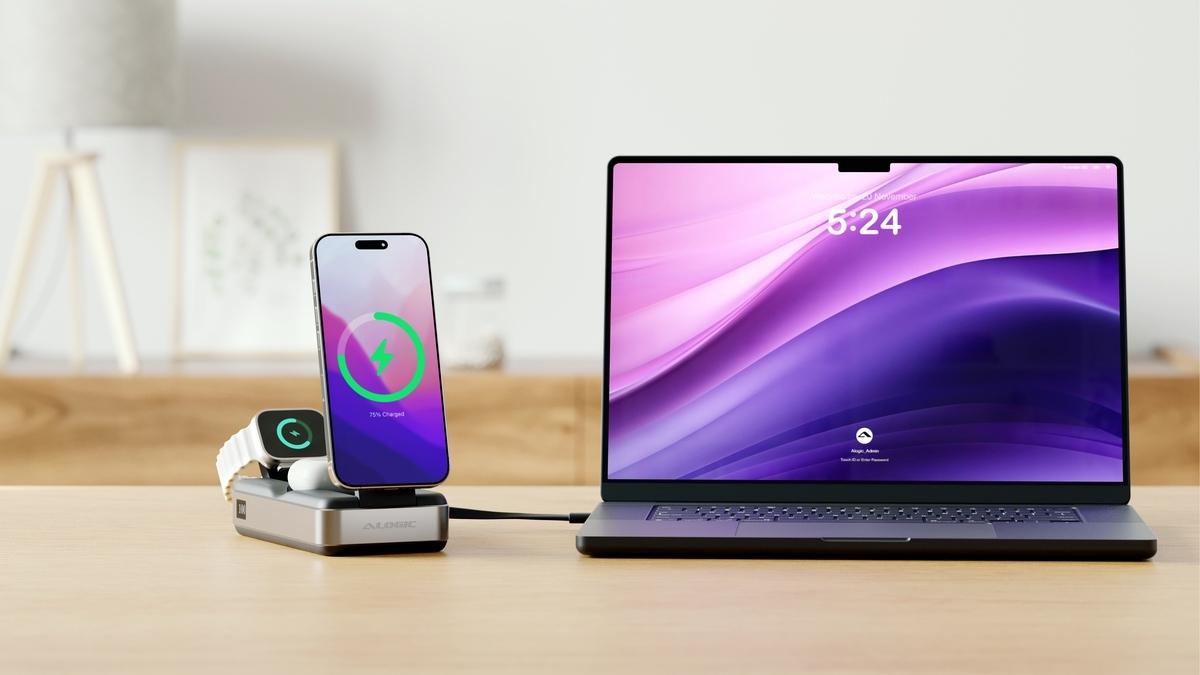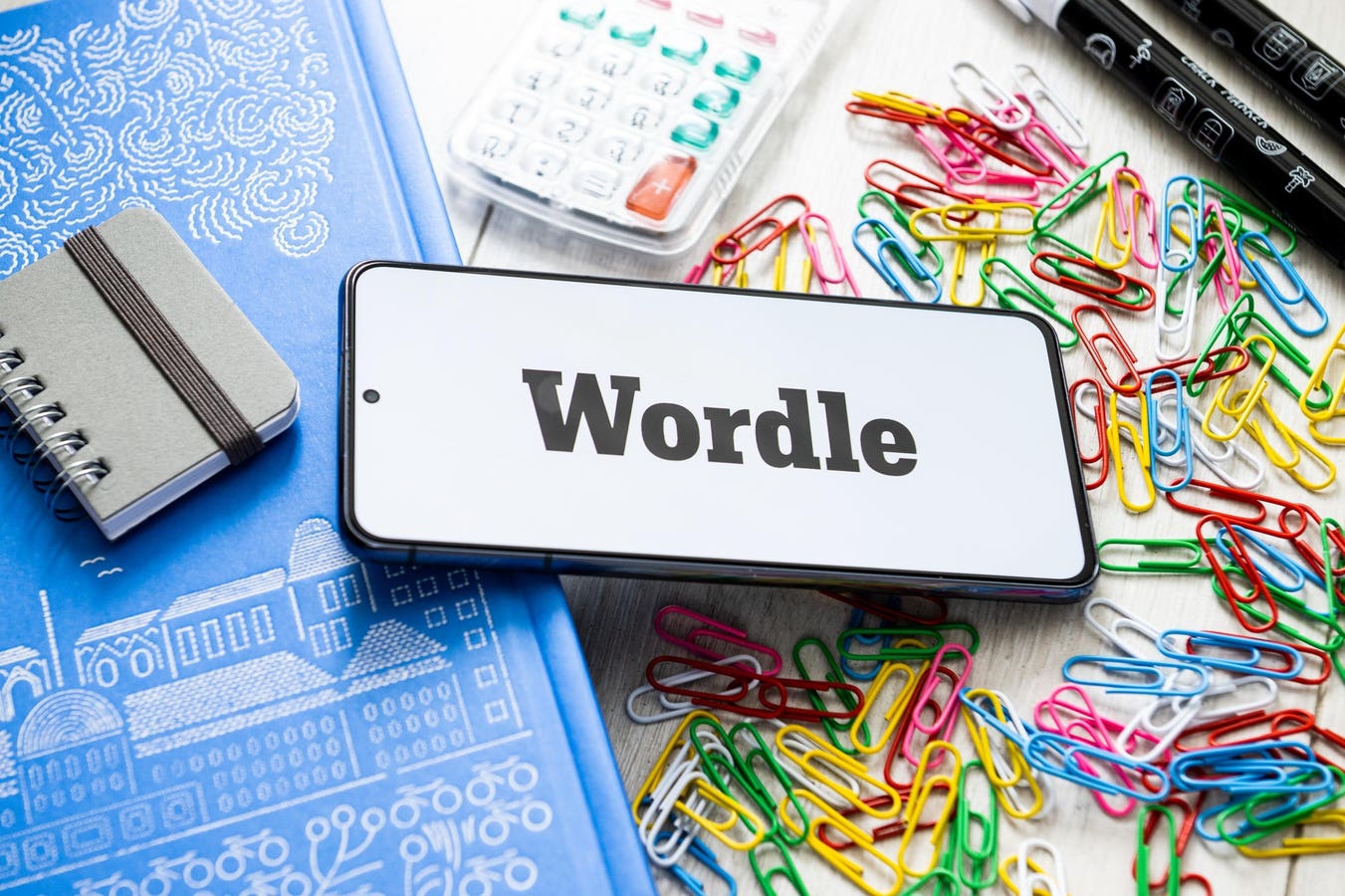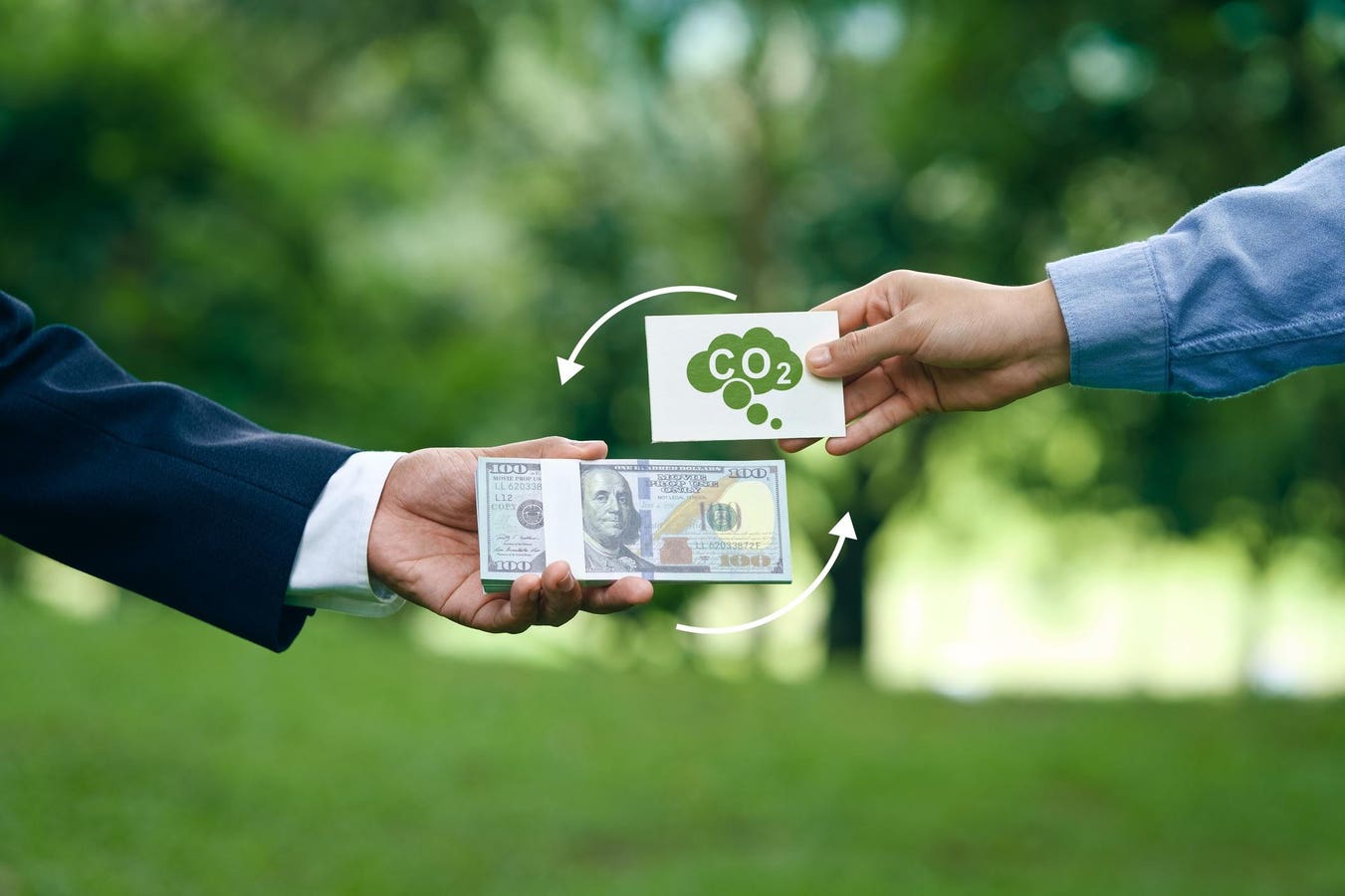L’Oréal has announced a major partnership with NVIDIA to deploy generative AI across its beauty … More
Every industry is finding and deploying use cases for generative AI, from automating routine workflows to designing entirely new products and services.
The beauty industry, traditionally always highly tech-focused, is no exception. Now, L’Oréal, the world’s largest cosmetics company, has announced a major deal with Nvidia that will supercharge its ambitions to roll out generative AI across its business.
L’Oréal is no stranger to AI, and I’ve been following its progress in the field since 2019. However, it clearly believes the game has moved on and that generative AI, capable of creating entirely new content from existing data, will be hugely significant to its future.
Through the partnership announced this month (June) at the VivaTech Paris Expo, L’Oréal will join Nvidia’s AI Enterprise microservices ecosystem. One of the first initiatives breaks new ground for the industry by spanning design and marketing functions, bringing 3D product visualizations to life for both marketing and product research purposes.
So, is L’Oréal getting set to unleash the ultimate AI glow-up on the industry? And how is the beauty and cosmetics industry as a whole adapting to the game-changing opportunities? Let’s take a look.
How Is L’Oréal Using Generative AI?
L’Oréal’s partnership with Nvidia will enable it to scale its CreAItech Generative AI platform, which creates visualizations and assets from product models. The aim here is to reduce the time it takes creative teams to design and render images and 3D models for marketing or research purposes.
This process can be automated, enabling its teams to quickly test and iterate different marketing strategies. Images could be personalized for individual customers or for different local markets.
Localizing products in this way is hugely important but also resource-intensive for manufacturers of consumer packaged goods, and generative AI promises efficiencies here.
Aside from that, the plans announced so far under the partnership focus on laying the foundations for future generative AI initiatives across the company.
This takes the form of a new AI development tool called the AI Refinery that will power experiences behind Noli, the AI-powered beauty marketplace recently launched by L’Oréal. This uses the mountains of data on skin types, hair colors and product formulations held by the business to create AI-powered search engines and other consumer-facing tools.
Another standout example of L’Oréal’s AI innovation is Beauty Genius, its generative AI-powered personal beauty assistant. Designed to tackle decision fatigue in a crowded beauty market, Beauty Genius offers 24/7 personalized guidance based on L’Oréal’s proprietary knowledge, dermatological data, and real-time virtual try-on tools. It uses generative AI, augmented reality, and computer vision to recommend routines, answer intimate questions, and help users discover ideal products tailored to their skin tone, hair type, and beauty concerns, all in a secure, private, conversational interface.
These are just the early use cases that make up the low-hanging fruit, however. The big picture is that L’Oréal plans to utilize its partnership with NVIDIA to iterate generative AI across various enterprise functions and gain a competitive edge over its competitors. However, they also have their own plans.
What Are Other Industry Leaders Doing?
Beauty and cosmetics industry leaders have been keen early adopters of AI, and that trend is continuing into the generative AI era.
In addition to L’Oréal, we recently saw Estee Lauder partner with Adobe to reduce the time it takes to create and launch digital marketing campaigns, utilizing Adobe’s Firefly generative AI platform and its Firefly Services APIs.
It also created a Voice-Enabled Makeup Assistant designed to make beauty more accessible for the visually impaired by guiding the user through the application process and suggesting improvements.
Unilever has also used generative AI to create “ultra-personalized experiences,” such as a virtual scalp therapist for its Dove brand, which provides expert skincare advice.
This aligns with trends across other industries, where generative AI is being used to build more personal connections with customers. It also tallies with Salesforce research, showing that 76 percent of marketers now use generative AI for basic content creation, and 63 percent use it to analyze marketing data.
Further innovation comes from AI-native startups and scaleups operating in the beauty and cosmetics space. One notable example here is Revieve, which offers a range of AI-powered tools for skincare and makeup over Google Cloud. This means smaller players in the industry that don’t have the resources to engineer their own AI infrastructure can still offer AI services to their customers.
Generative AI And The Future Of The Beauty And Cosmetics Industry
I believe we have only just started to see the tip of the iceberg in terms of the impact of generative AI.
Marketing and customer-facing functions often serve as the testbed for these applications. But as businesses become more confident in their AI strategy, we will start to see it used in product design and testing.
For example, another generative AI initiative announced by L’Oréal involves building and training a foundation model that it hopes will reduce material and energy waste during the formulation process.
As with other industries, we will increasingly see AI used to streamline and drive efficiencies in business processes, from hiring and onboarding staff to compliance and managing legal tasks.
And, just around the corner, a new generation of agentic tools and platforms promise to automate even more complex tasks in the next wave of AI innovation.
With the emergence of as-a-service tools and platforms, generative AI is no longer restricted to big names like L’Oréal and Estee Lauder. This means the next big disruptive force in cosmetics and beauty could be someone unexpected, and the opportunities are huge for businesses that are ready to ride the wave.

